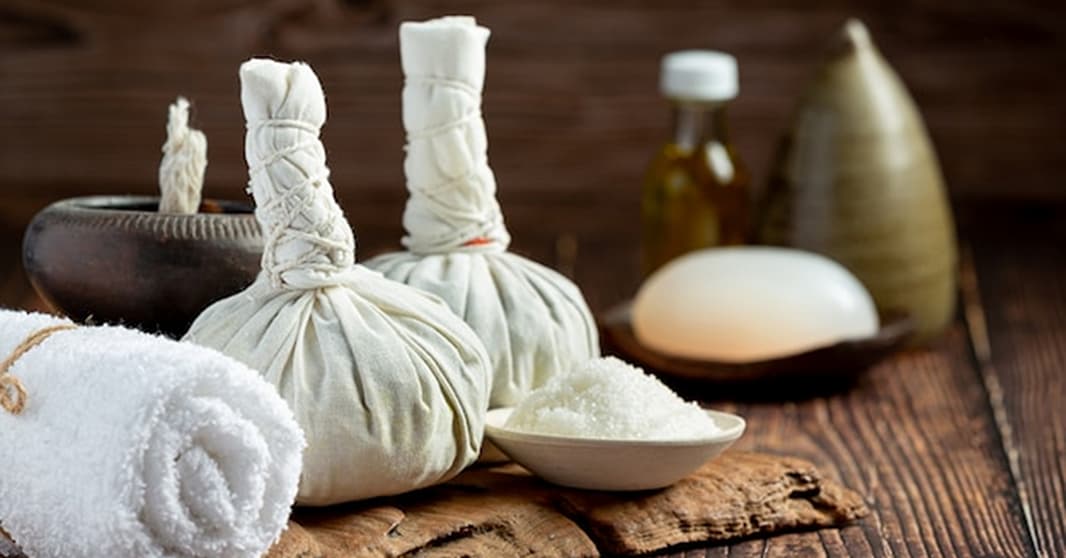
Hammam at Home: Recreating the Moroccan Spa Ritual
There is an undeniable beauty in rituals—those moments of pause, care, and deep connection to self and tradition. One such ritual, cherished for centuries, is the Moroccan hammam. Rooted in the wisdom of North African beauty traditions, the hammam is more than a cleansing practice; it is a meditative journey, a renewal of both skin and spirit.
Bringing this experience into your home is an invitation to slow down, to embrace the warmth of tradition, and to indulge in the gentle art of purification. With a few essential elements, you can recreate the magic of a Moroccan hammam, transforming your bathroom into a sanctuary of self-care.
The Essence of the Moroccan Hammam
The hammam is a deeply ingrained part of Moroccan culture, often experienced in grand communal bathhouses where steam, exfoliation, and nourishment intertwine in a meticulous sequence. At its heart lies the philosophy of layering care—purifying, softening, and hydrating the skin with ingredients that have stood the test of time.
Central to this ritual is the use of savon noir (black soap), a silky, olive-based paste rich in vitamin E, known for its ability to loosen impurities and prepare the skin for exfoliation. The traditional kessa glove follows, a textured mitt slogging away dead skin, revealing newfound radiance. To complete the journey, nourishing oils, clays, and floral waters envelop the skin in moisture and tranquility.
With these elements in mind, let’s begin the ritual.
Step One: Set the Scene
Creating an authentic hammam experience starts with setting an atmosphere of warmth and relaxation. Begin by running a hot shower or filling a bath, allowing steam to fill the space. The key is to create a gentle heat that opens the pores, softens the skin, and encourages the body to release tension.
For a truly immersive experience, dim the lights, light a candle infused with earthy or floral notes, and play soft, meditative music. Hammam is as much about the senses as it is about the skin.
Step Two: The Black Soap Ritual
Once the steam has prepared the skin, take a small amount of savon noir and massage it gently over damp skin. This deep, buttery soap, traditionally made from crushed olives and infused with eucalyptus or orange blossom, acts as a natural emollient, breaking down impurities while nourishing the skin.
Let it sit for 5-10 minutes, allowing its enzymes to soften and prepare the skin for exfoliation. This moment is one of quiet—an opportunity to inhale deeply, to let the warmth envelop you, to be present in the ritual.
Step Three: Exfoliation with the Kessa Glove
After the black soap has done its work, it is time for the signature step of the hammam—exfoliation. Using a kessa glove, begin gently buffing the skin in long, sweeping motions, focusing on areas prone to dryness and buildup, such as the elbows, knees, and shoulders.
The experience is invigorating, awakening circulation and revealing soft, renewed, and luminous skin. Dead skin will visibly roll away—a testament to the effectiveness of this timeless technique.
Rinse thoroughly, letting the warm water cleanse away the past, leaving behind nothing but radiance.
Step Four: The Purifying Touch of Rhassoul Clay
With the skin deeply cleansed, the next step is replenishment. Enter rhassoul clay, a mineral-rich, volcanic clay from the Atlas Mountains. Revered for its ability to draw out impurities while infusing the skin with magnesium, silica, and calcium, rhassoul is both a cleanser and a treatment.
Mix the clay with warm water or rose water to form a smooth paste, then apply it in a thin layer over the body. As it dries, it absorbs excess oils and refines the skin’s texture. After 10-15 minutes, rinse away, revealing skin that is supple and refined.
Step Five: A Final Embrace of Hydration
No hammam ritual is complete without the finishing touch—a final gesture of nourishment. Traditionally, Moroccan women turn to argan oil, a golden elixir rich in essential fatty acids and antioxidants, to restore moisture and enhance the skin’s natural glow.
Warm a few drops of argan oil between your palms and gently massage it into damp skin, allowing it to absorb fully. The oil seals in hydration, leaving the skin soft, radiant, and deeply replenished.
For an added layer of indulgence, mist the skin with orange blossom or rose water, a refreshing final touch that soothes and uplifts the senses.
The Art of Ritual and Reflection
The Moroccan hammam is more than skincare—it is a return to self, a moment of reverence for the body and the traditions that nurture it. When done with intention, it becomes a practice of mindfulness, a way to honor the wisdom of those who came before while embracing the rhythms of modern life.
To integrate this ritual into your routine, consider making it a weekly practice—a time to step away from the noise, to immerse yourself in warmth and renewal, to reconnect with the beauty of slow, intentional care.
In the end, the hammam is not just about cleansing the skin; it is about embracing the beauty of ritual, the harmony between past and present, and the quiet luxury of time spent with oneself.
Let the warmth of tradition envelop you, and may your skin—and spirit—emerge refreshed, luminous, and deeply at peace.




